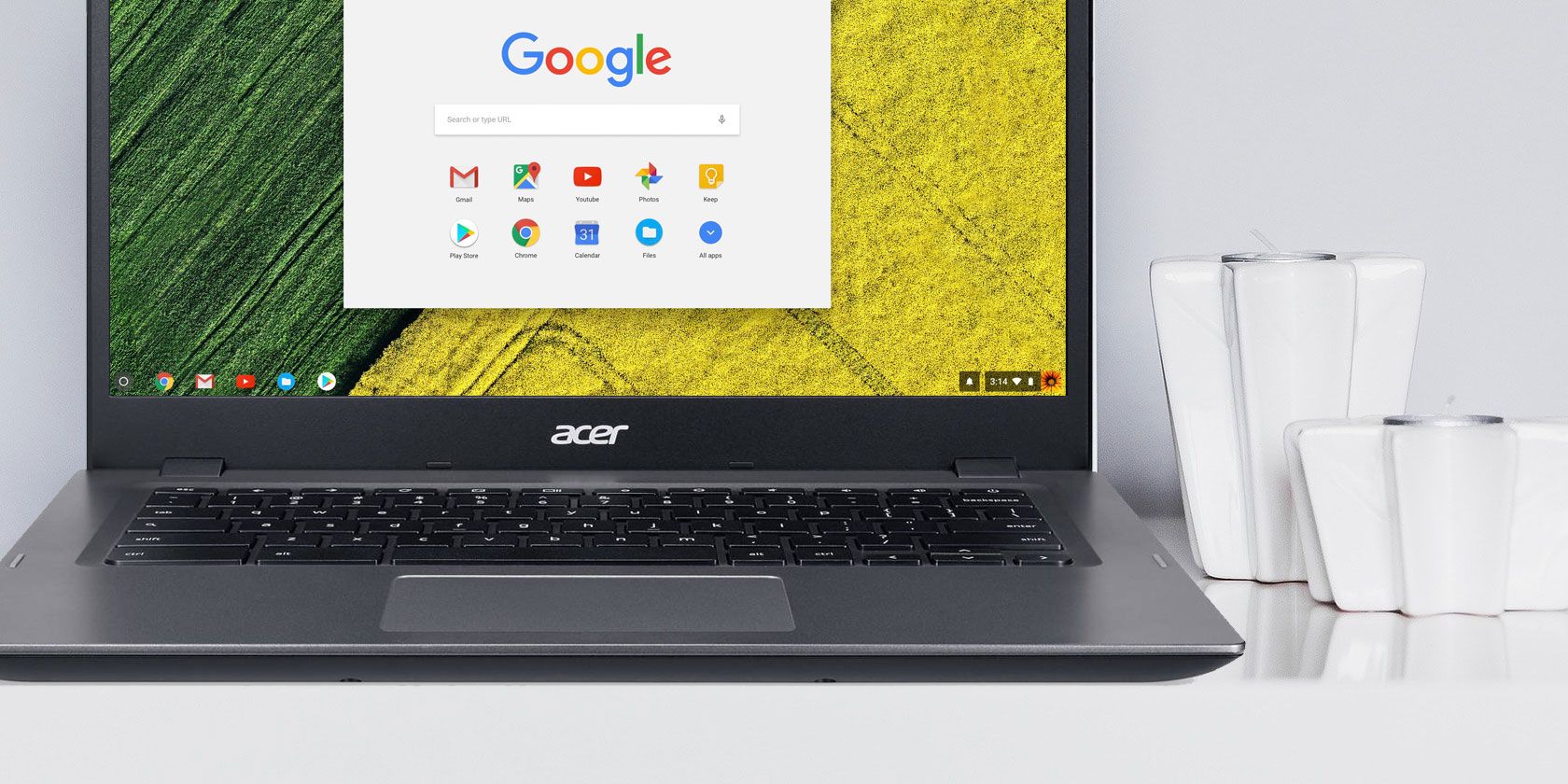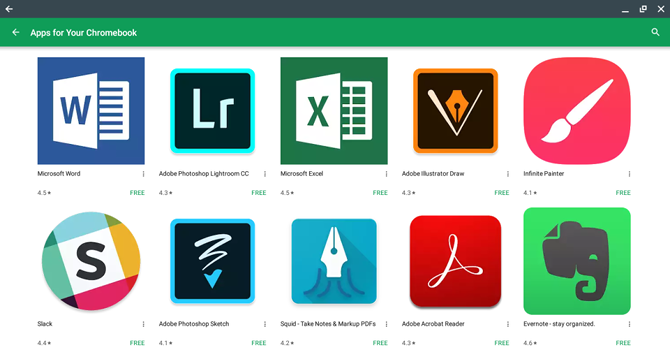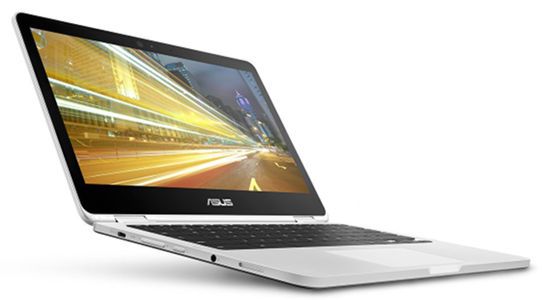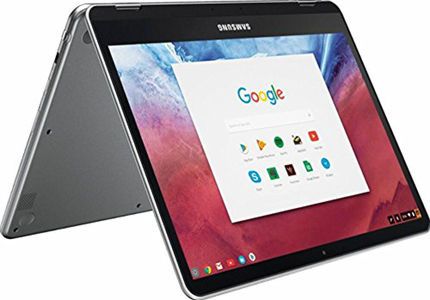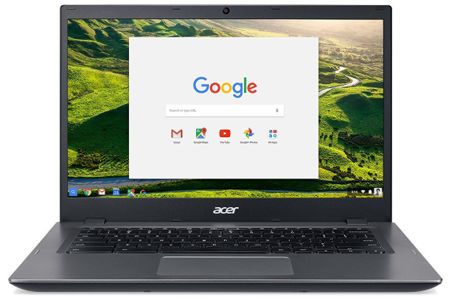If you don't own a Chromebook yet, you should consider one as your next laptop. You can run Android apps on Chromebooks -- well, on some Chromebooks.
Forget the bad things you've heard about Chromebooks years ago. Things have changed, and Chromebooks are now formidable work machines. The Chrome Web Store contains all kinds of powerhouse apps, including a number of productivity-boosting apps you'll love.
But if you're going to buy a Chromebook, make sure to buy one that also runs Android apps!
Why Run Android Apps on a Chromebook?
Starting in 2017, all new Chromebooks were supposed to support Android apps. As of this writing, we're towards the end of the year and most 2017-era Chromebooks do support Android apps, but some of them require switching to the Beta updates channel (instead of the Stable updates channel, which we recommend staying on).
Why do Android apps matter for Chromebooks? After all, don't Chromebooks have access to the Chrome Web Store and all of its extensions and apps? Why not just use those?
Well, the Google Play Store simply outshines the Chrome Web Store in every way possible. Not only is it home to more than 1 million Android apps, but those apps have more features, larger user bases, faster update cycles, and more attention from app developers. Most Chrome apps are just packaged web apps, whereas Android apps are native apps in the true sense.
In other words, Android apps are better than Chrome apps. Instead of convincing app developers to focus on Chrome apps, Google decided to let users run Android apps on Chromebooks.
So if you already use Android devices, Chromebooks are the perfect companion. You can use the same app with the same features on your laptop, your tablet, and your phone -- and sync your data and have the same user experience across all of them. No more fiddling with half-baked Chrome apps that are buggy and missing important features.
Note that Android apps are created with touchscreens in mind. You can still use Android apps on Chromebooks using mouse clicks as screen taps so a touchscreen isn't necessary, but it may provide a nicer user experience as it will basically be a glorified tablet. As such, a touchscreen is recommended, along with these other must-have Chromebook features.
ASUS Chromebook Flip C302CA
The ASUS Chromebook Flip C302CA is the best price-for-performance value you can get as of this writing. The Intel Core m3 model is extremely affordable for what you get:
- 22,500 Octane benchmark
- 2,660 Geekbench benchmark
- 3,060 PassMark benchmark
If you want to fork over an extra two hundred dollars, the Intel Core m7 model has:
- 30,600 Octane benchmark
- 3,280 Geekbench benchmark
- 3,560 PassMark benchmark
Either way, it comes with a 12.5-inch 1080p touchscreen display, 4GB of RAM, and 64GB of SSD storage. Weighing 2.65 pounds, it isn't the lightest device but it isn't heavy either -- portability is no concern with the Flip C302CA. Other goodies include 10 hours of battery life and a backlit keyboard for night-time use.
The touchscreen has a 360-degree hinge, which makes it a convertible laptop that basically turns into a tablet -- which is great for running Android apps. It won't be as thin as a true tablet, of course, but it has a sleek enough design to not be cumbersome. Unfortunately, the Flip C302CA does not come with a stylus.
Samsung Chromebook Pro
The Samsung Chromebook Pro is less affordable than the Flip C302CA and slightly weaker in performance, but still one of the best options out there today, especially if you want to run Android apps with a stylus:
- 20,800 Octane benchmark
- 2,660 Geekbench benchmark
- 3,060 PassMark benchmark
It has a smaller-than-usual display at 12.3 inches, but it's a touchscreen with a fantastic resolution of 2400 x 1600 pixels. It's a true convertible laptop as well, able to hinge 360 degrees and turn into a glorified tablet. But unlike the Flip C302CA, the Samsung Chromebook Pro does come with a stylus.
Other specifications you need to know include 4GB of RAM, 32GB of SSD storage, and an ARM processor, which is better suited for Chrome's operating system than an Intel CPU. With 10 hours of battery life and weighing only 2.38 pounds, it's the lightest device on this list and a good choice for portability.
Samsung has been on a roll lately with their laptops, and we absolutely think the Samsung Chromebook Pro is one of the best Samsung devices you can buy right now.
Acer Chromebook 14 for Work
The Acer Chromebook 14 for Work is my personal favorite Chromebook, both for its performance and its robust build quality. It doesn't have an aluminum frame, but being part of the "For Work" line means it's been battle-tested against spills, drops, and other damages.
The Intel Core i3 model has the following performance metrics:
- 23,300 Octane benchmark
- 2,780 Geekbench benchmark
- 3,500 PassMark benchmark
Or you can get the more expensive Intel Core i5 model:
- 28,300 Octane benchmark
- 3,140 Geekbench benchmark
- 3,960 PassMark benchmark
Both models come with 14-inch 1080p displays, 8GB of RAM, and 32GB of SSD storage. Don't underestimate the importance of that extra RAM: Android apps (and others) will perform much better and you'll be able to multitask a lot more. The Intel Core i3 model has 12 hours of battery life while the Intel Core i5 model has 10 hours.
But there are two minor downsides. First, the display isn't touchscreen, meaning you'll have to interact with Android apps using mouse clicks. Second, both models weigh 3.2 pounds, which is still portable enough but heavier than most Chromebooks. That will make certain Android apps impossible or difficult to interact with.
In short, the Intel Core i5 model is one of the best performing Chromebooks currently available (and it's quite affordable for what you get), while the Intel Core i3 model is one of the best value options as long as you don't care for a touchscreen.
More Tips for Chromebook Success
If you've never used a Chromebook before, then the initial transition may be jarring. We recommend reading our articles on essential tips for first-time Chromebook users and every useful Chromebook keyboard shortcut if you want to get comfortable as soon as possible.
After that, it basically comes down to experience. Keep using the Chromebook day after day and you'll find yourself falling in love with it in no time. You might even try editing videos on your Chromebook after a while.
How do you feel about Android apps on Chromebooks? Which Chromebook is most appealing to you? Any other good models that we missed? Let us know in the comments below!

